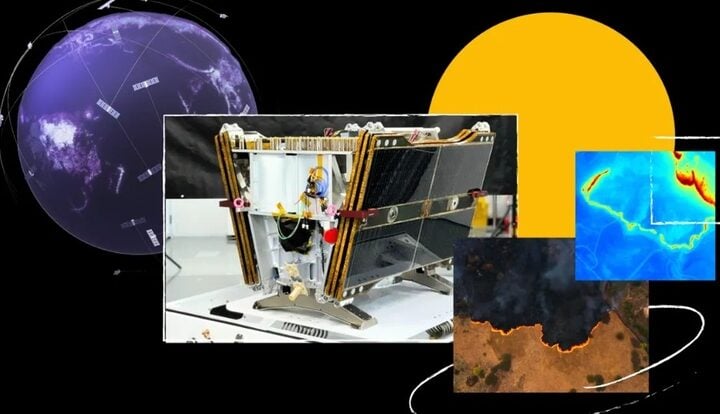Palantir Technologies locked in a major AI contract with NATO on March 25, 2025 – sending its stock up 4.6% on the day of the announcement. The defense tech firm will supply NATO’s Allied Command Operations with its Maven Smart System NATO (MSS NATO), a battle-ready AI platform that’s expected to be up and running in just 30 days.
The procurement speed alone tells a story – NATO fast-tracked this deal in six months flat, one of the quickest buys in the alliance’s history. For context, military tech acquisitions typically crawl through years of red tape.
“ACO is at the forefront of adopting technologies that make NATO more agile, adaptable, and responsive,” said General Markus Laubenthal, SHAPE Chief of Staff. “Maven Smart System NATO enables the Alliance to leverage complex data, accelerate decision-making, and by doing so, adds a true operational value.”
Under the hood, MSS NATO packs serious tech muscle. It’s essentially a data fusion engine on steroids – ingesting satellite imagery, drone feeds, sensor outputs, and various intelligence streams into a unified battlespace picture. The system leverages large language models and machine learning algorithms to speed up targeting, intelligence analysis, and tactical decisions.
What separates MSS NATO from older military systems is its open architecture. Commanders can customize interfaces and plug in third-party analytical tools, allowing the platform to evolve as AI capabilities advance. This matters enormously for an alliance with 32 member nations running different tech stacks.
Ludwig Decamps, NCIA General Manager, didn’t mince words: “NCIA is pleased to team up with SHAPE and Palantir to deliver MSS NATO to the Warfighter, providing customized state-of-the-art AI capabilities to the Alliance, and empowering our forces with the tools required on the modern battlefield.”
Similar Posts
The deal builds directly on Palantir’s work with the U.S. military’s Project Maven – the Pentagon’s first major AI initiative launched in 2017 that used machine learning for processing drone footage. Palantir expanded this relationship with a $99.8 million contract extension for U.S. forces in September 2024.
For investors, this NATO win comes at a critical time. Palantir stock had climbed 17% in 2025 as of the day before the announcement but remained down over 30% from its February peak of $125.41. The stock has formed a double-bottom base with a $98.17 entry point, according to technical analysis.
“This agreement has broader geopolitical significance than just another win for Palantir,” noted William Blair analyst Louie DiPalma. He pointed out that the deal counters investor worries about Europe potentially pulling back from U.S. defense contractors.
Wedbush analyst Daniel Ives called it “another win for Karp & Co. as more federal customers turn to Palantir for improved AI capabilities on the military front which is starting to heat up.”
Military AI systems like MSS NATO aren’t without controversy. Palantir was dropped by a major Nordic investor in late 2024 over human rights concerns related to the company’s work with the Israeli Defense Force. The deployment also raises questions about AI ethics in warfare, though these concerns haven’t featured prominently in official statements about the deal.

Looking forward, the system’s interoperability capabilities and cybersecurity protocols will be crucial as NATO integrates technology across member states. MSS NATO’s modular design allows for continuous updates as AI capabilities advance, making it a long-term investment rather than a static purchase.
Shon Manasco, Senior Counselor at Palantir, summed up the company’s perspective: “We’re proud to support NATO’s drive to bolster deterrence by deploying an AI-enabled warfighting platform at SHAPE.”The deal represents a significant milestone in defense technology adoption – a data-driven approach to military operations where AI augments human decision-making in increasingly complex environments. For Palantir, it’s another vote of confidence in their approach to blending advanced AI with national security applications, while potentially opening doors to additional defense contracts worldwide.


















